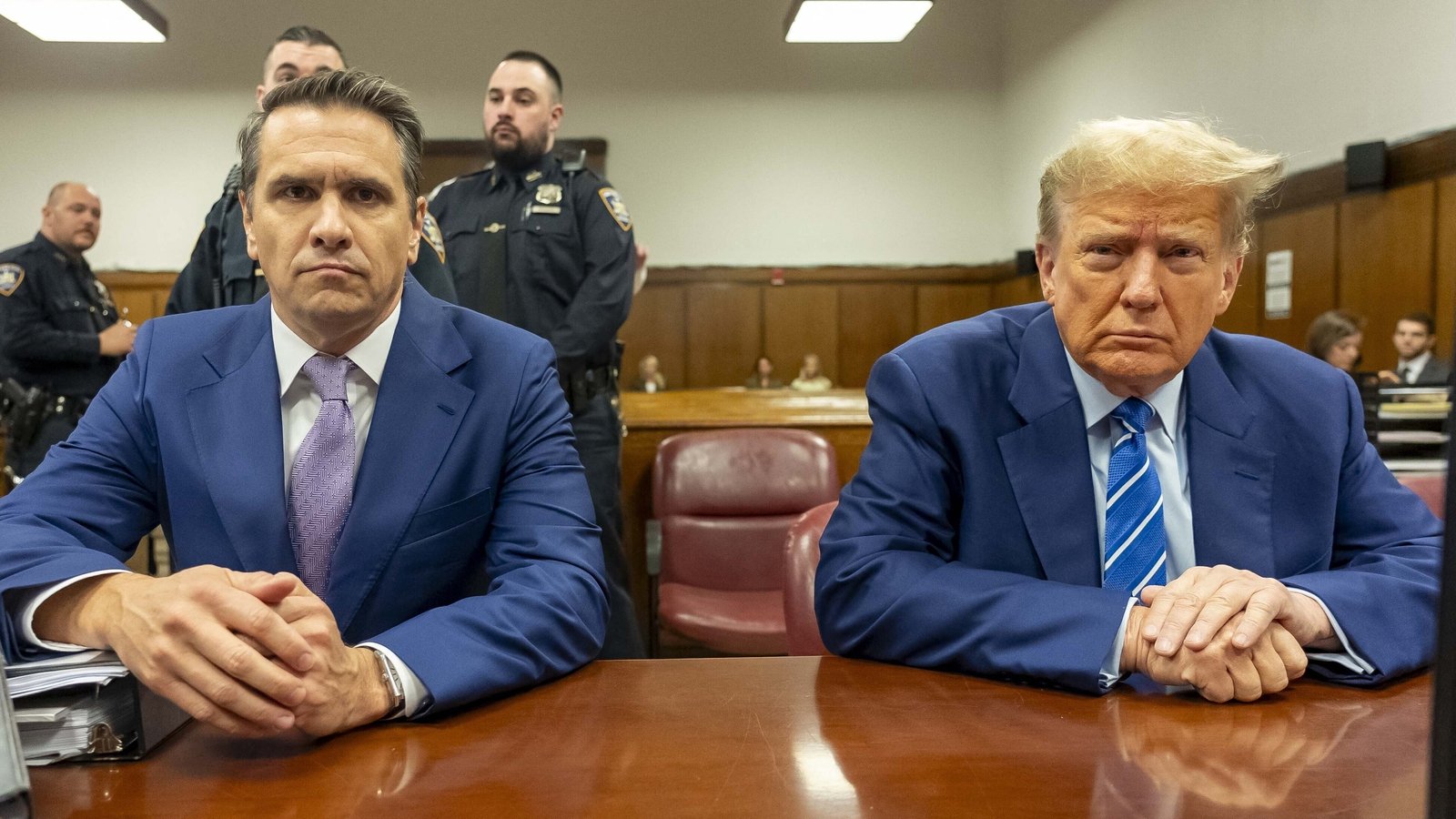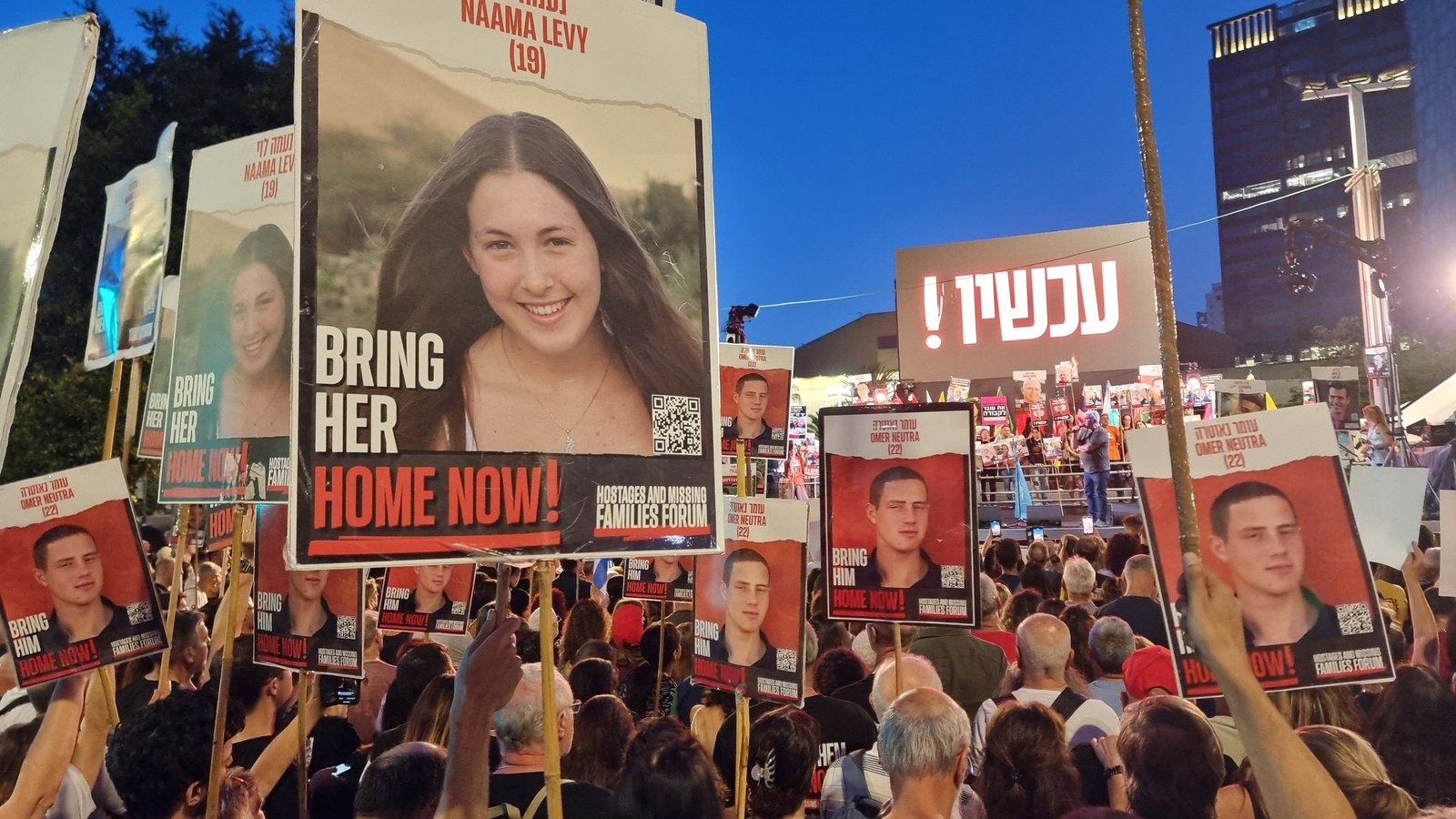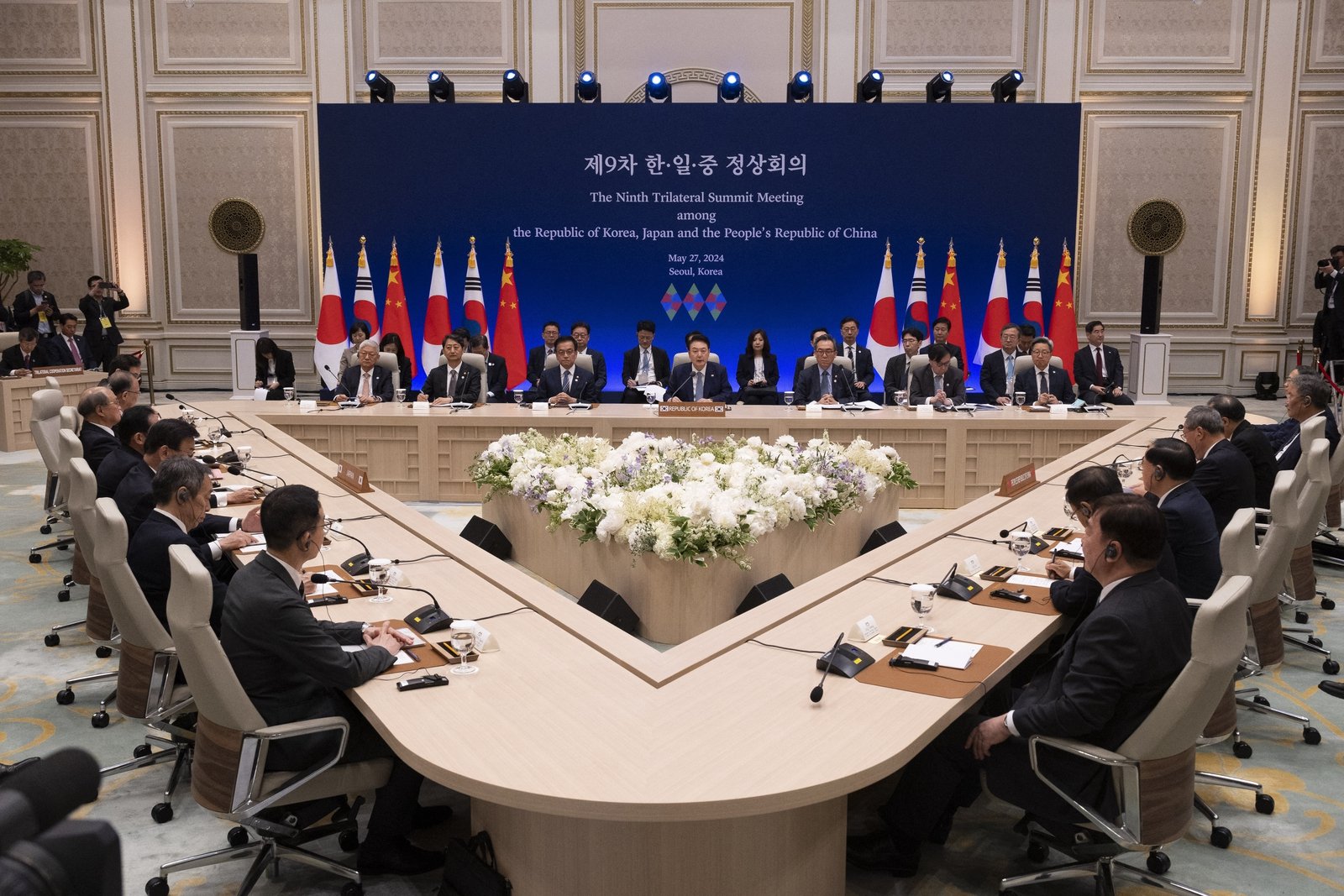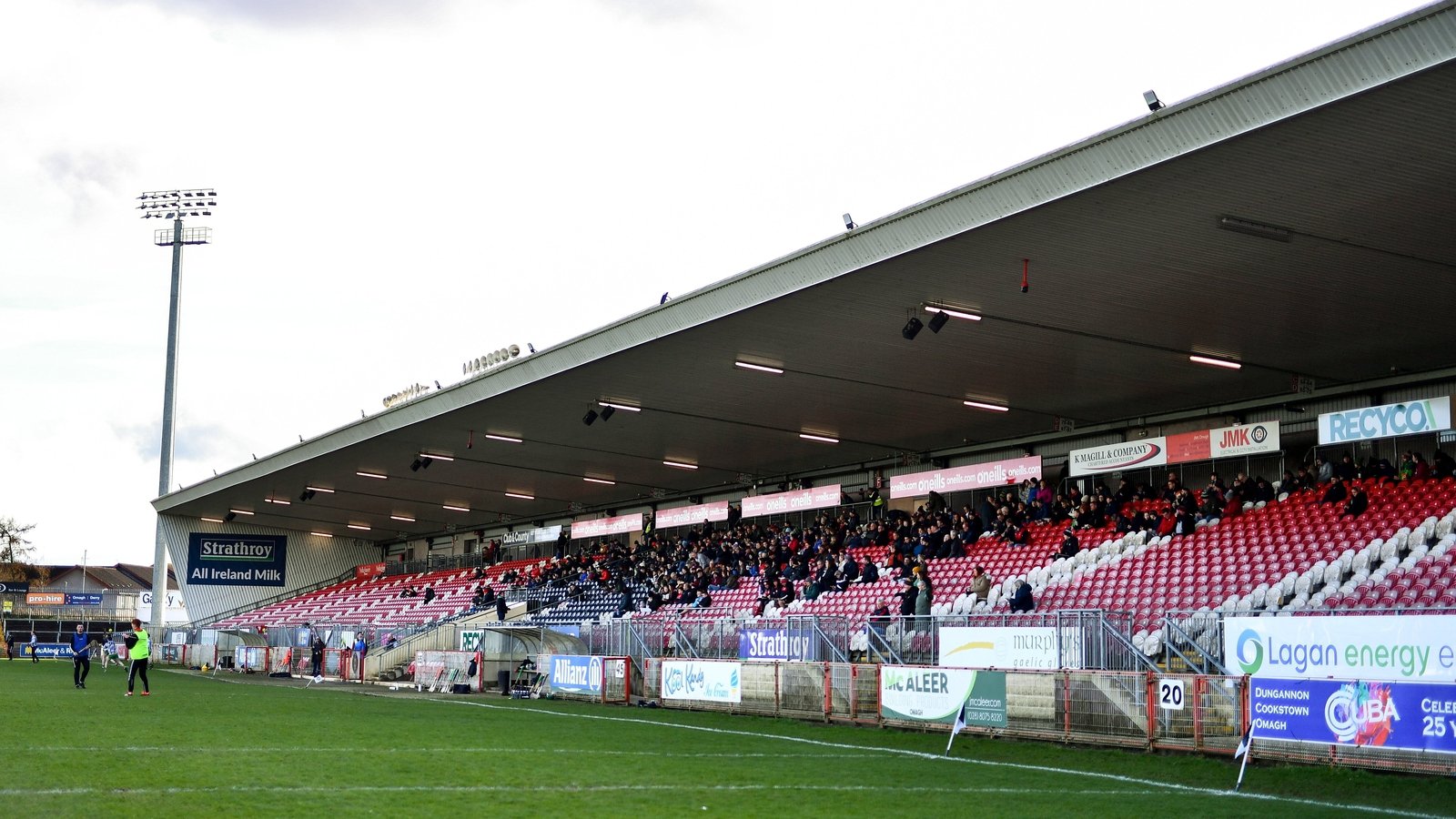Redrawing of border considered as possible solution
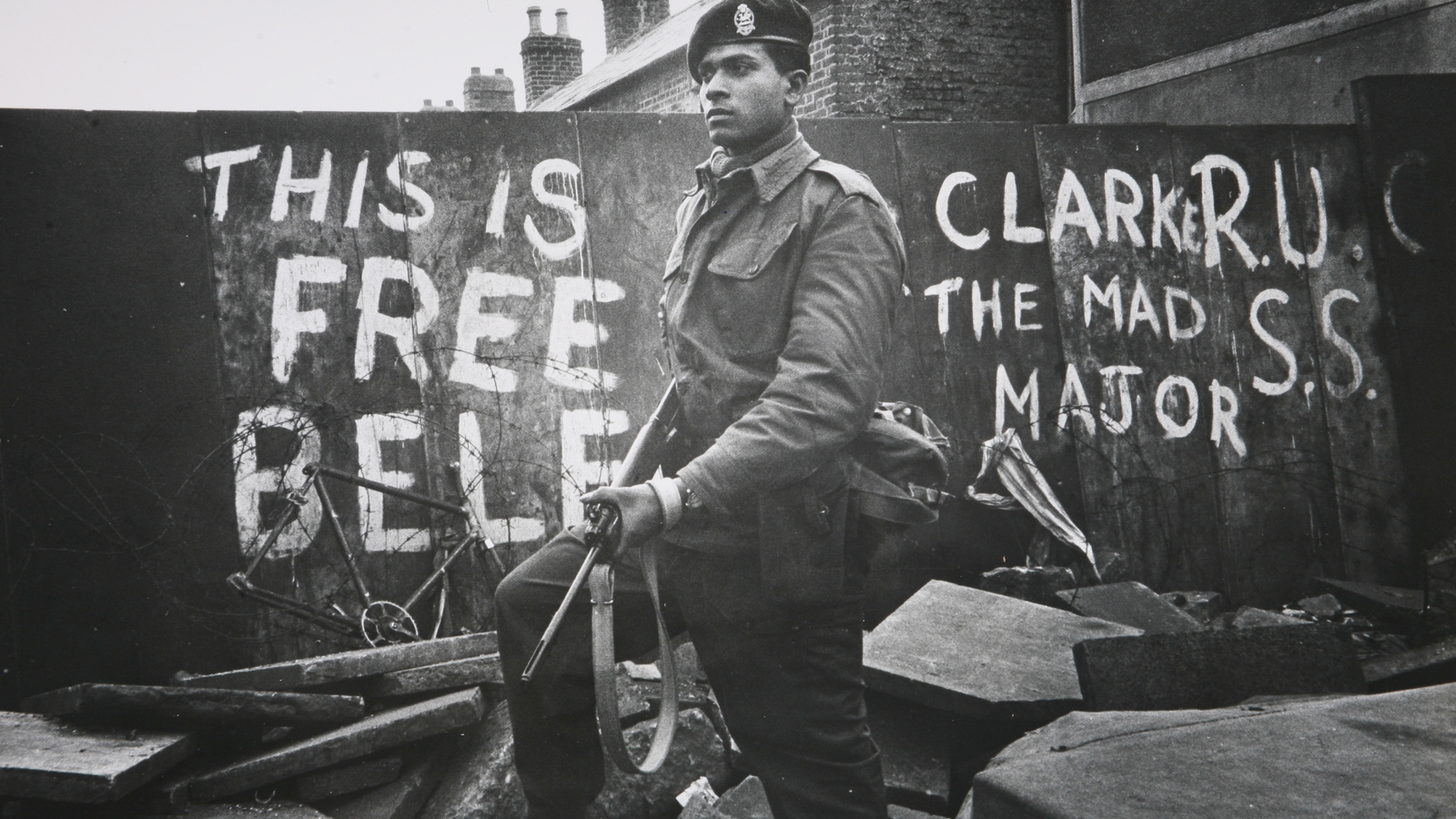
Secret government documents from 1975 considered what might happen in the event of a British withdrawal from Northern Ireland.
The cabinet ordered civil servants to draw up a series of discussion papers looking at possible scenarios in July 1974, shortly after the collapse of the Sunningdale power-sharing agreement, at a time when paramilitary violence was intensifying and when there were serious doubts about the British government’s commitment to stay in the North.
One option studied was possible military intervention to prevent the emergence of an independent Northern Ireland. This would involve an attempt “to subdue loyalist resistance and to dominate the entire Protestant population of Northern Ireland”. The group concluded that “this is beyond our military and administrative capabilities”.
Another scenario discussed was redrawing the border, with up to two-thirds of Northern Ireland and almost half a million people being transferred to the Republic.
The report, “Negotiated Repartition of Northern Ireland”, found that this could cost up to £873m, the equivalent of around €8.5bn today, with no guarantee that Britain would bear any of that cost.
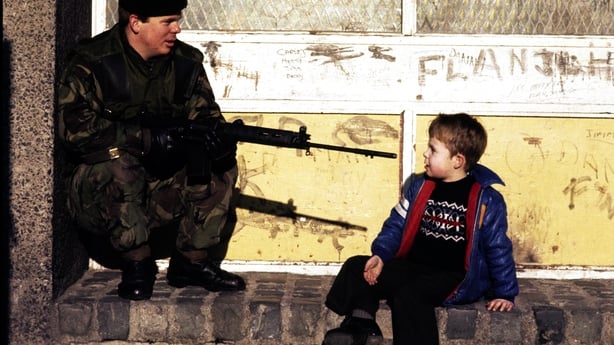
Officials thought it unlikely that if the border were redrawn the British government would keep the remaining part of Northern Ireland within the UK, because such an area, which would include Belfast, would contain “the seeds of further violence unless there was a very large population movement which would be unlikely to take place voluntarily if the area were to remain under Westminster jurisdiction”.
With military action ruled out, the only possible solution, the group felt, would be to agree a redrawing of the border, to transfer majority nationalist areas to the Republic.
Officials looked at a range of options for the transfer of territory. Under their minimum scenario, Fermanagh, parts of Tyrone, Derry City, Newry, and other parts of south Armagh and south Down would transfer to the Republic, or around 40% of the land area of Northern Ireland, with a population of 323,000 (205,000 Catholics and 118,000 non-Catholics).
The maximum area for transfer would include other parts of Derry, Tryone and Armagh. The entire area would be around two-thirds of Northern Ireland, with a total of 486,000 people (285,000 Catholics and 201,000 non-Catholics).
The cost, including repairing the damage caused in previous violence, and the provision of housing for people who left the remaining area of Northern Ireland, could range from £353m to £873m, though there was a possibility Britain might help pay for it.
Most of the areas transferred would be poorer than the remaining portion of Northern Ireland, which would therefore be more economically viable than an independent state containing the entire six-county area.
Officials were unable to say what the integration of the transferred areas would mean for the Republic’s economy, but noted that if repartition was agreed by all sides, without any prior escalation of violence, it would benefit the entire island because it should see the end of existing tensions.
However, if the border had to be redrawn following serious violence and involved substantial population movement, “it could impose a tremendous economic burden”.
By David McCullagh and Shane McElhatton
[Based on documents in 2022/48/632]


